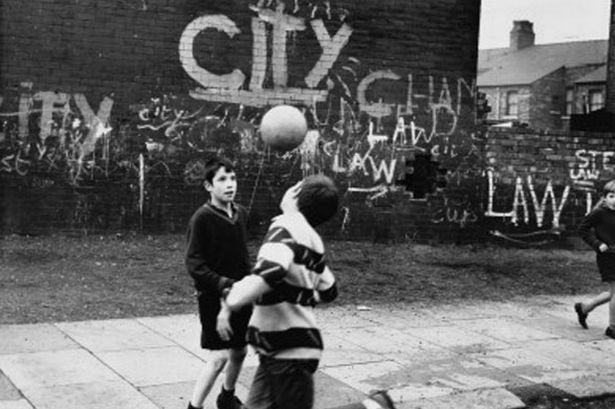Histories | Data | Eco-Systems | Blog
Aberdeen and Hinterland
The geography of the Aberdeen and Hinterland eco-system includes both the city and shire. The research will provide a comparison between two very different, and in some ways disconnected, local authority areas and their contrasting socio-cultural territories.
The town of Fraserburgh provides a focal point for the shire, revealing a range of research issues relating to forms of everyday participation. These include: the traditional industrial economy focused on fishing and the town’s coastal location; its cultural and economic positioning with respect to neighbouring Peterhead to the East and the coastal tourism communities to the West; an isolated community nationally and regionally yet connected to the wider world by seagoing; a growing Polish community connected with the fishing industry; the use of Scots Doric dialect; vernacular cultural expressions and traditions, and the significance of informal practices such as writing clubs, reading groups, domestic film showing, joy-riding, surfing.
Aberdeen city, by contrast, highlights a different form of cultural governance, with strong councillor representation and influence on the boards of local arts and cultural organisations. The city is relatively isolated from the ‘big centres’ elsewhere in Scotland, with a self-sufficient and risk averse culture rooted in a strong sense of a separate almost ascetic identity. The city’s physical layout and residential distribution is also a distinguishing feature, separating a central area from a western ring of poor, regeneration areas, with corridors to more affluent areas in the North and South of the city, including culturally self-contained middle-class suburbs and the enclaves of extreme wealth, and a harbour and beach areas which is canted at an angle that separates them from the central area.
Key contact: Dr. Andrew Miles

